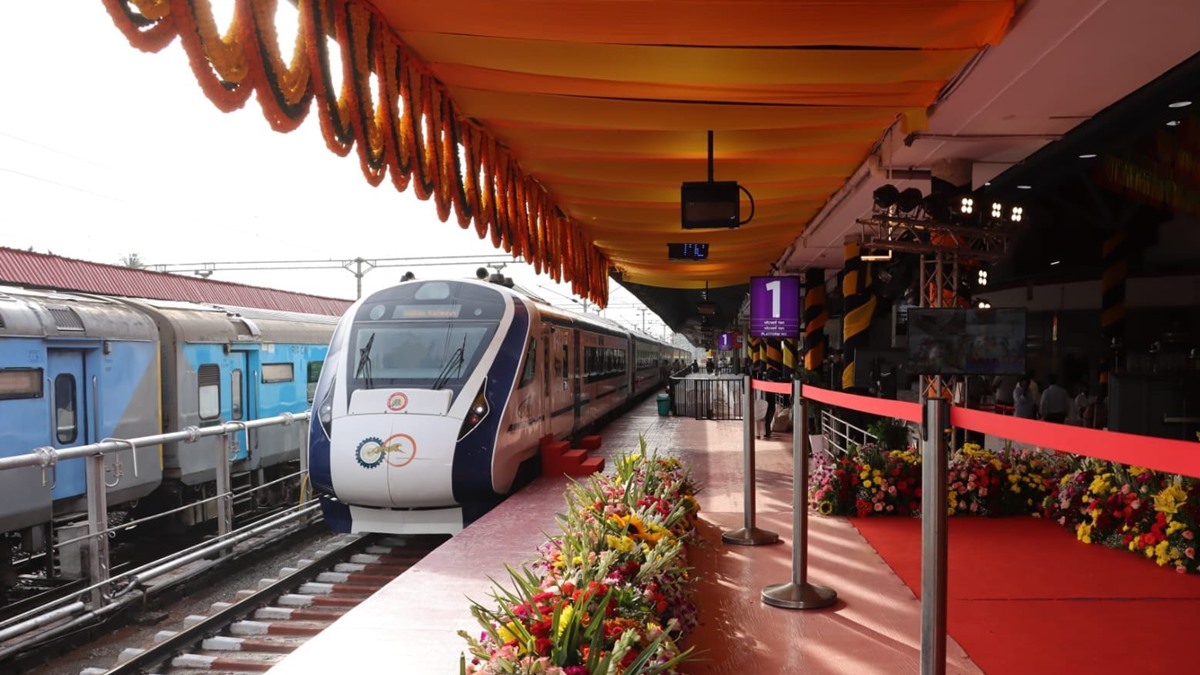
International Literacy Day 2018: Quality education for all remains a challenge
New Delhi, Sep 8: Today is International Literacy Day and this year's theme is 'Literacy and skills development'. The main aim of the International Literacy Day is to highlight the importance of literacy to individuals, communities and societies. Literacy and level of education are basic indicators of the level of development achieved by a society.

In India, the literacy rate has gone up over the decades, but the gap between literacy in urban and rural areas is still wide. There is also a gap between the male literacy rate and female literacy rate across India. According to the Census 2001, as many as 560,687,797 persons in the country are literate. Of these 336,533,716 were males and 224, 154,081 were females.

While the overall literacy rate works out to be 64.8 %, the male literacy rate is 75.3% and that for females is 53.7%, showing a gap of 21.6 percentage points between the sexes at the national level.
One of the main factors contributing to this relatively low literacy rate is the usefulness of education and availability of schools in the vicinity in rural areas. According to a survey, there is a shortage of classrooms to accommodate all the students
Access to quality education:
The Gross Enrolment Ratio is a yardstick used in the education sector to determine the number of students enrolled in schools at different levels. It is the ratio of the number of students who live in that country to those who qualify for a particular grade. The GER numbers for primary, upper primary and elementary levels of education is appreciable as it is close to 90%.
But, there is one catch in this, there have been some studies that show that many children, especially in the rural areas, of class 8 cannot read a class 2-level text. This is where the question of access to quality education comes. All the plans on paper, the opening of new schools and spending crores of Rupees is fine, but is it actually getting translated into 'well-educated society'?

Be it at the school or the college level, we have many institutions. But often, institutions don't deliver what they are supposed to. It can also be observed that GER is consistently decreasing with the increase in grades, dropping to a low 24.3%. This means that only 24.3% of the total number of students eligible to study in colleges are actually attending college.
Is the curriculum followed in these schools not feasible, or is it not followed effectively, even if it may be feasible? Does the government have any checks in place to monitor its teachers? From my perspective, all these concerns together form the larger problem.
A regular check of what students are taught in schools does not happen in many cases. Instances, where the teachers are not qualified enough to teach students, aren't unheard of, either.
The problem of teacher absenteeism has also plagued the Indian education system for long. Studies suggest that improving school infrastructure, increasing the frequency of inspections, providing daily incentives to work and conducting frequent parent-teacher association meetings are the best ways to get teachers to attend schools regularly.
So, rather than focus just on improving literacy rate, which is, of course, important, the real focus should be on providing quality education. Access to quality education, after all, is the birthright of every child.


 Click it and Unblock the Notifications
Click it and Unblock the Notifications

































